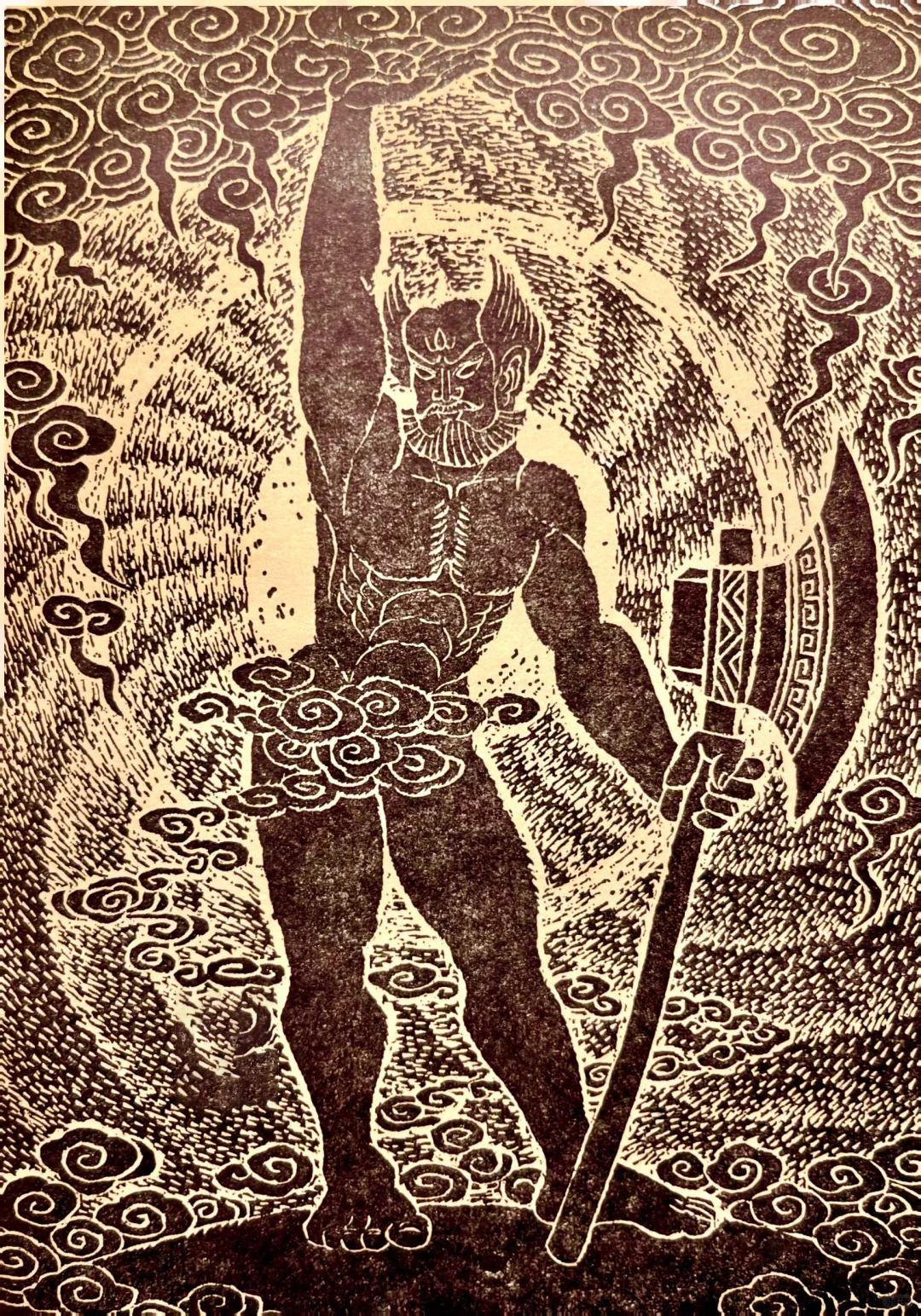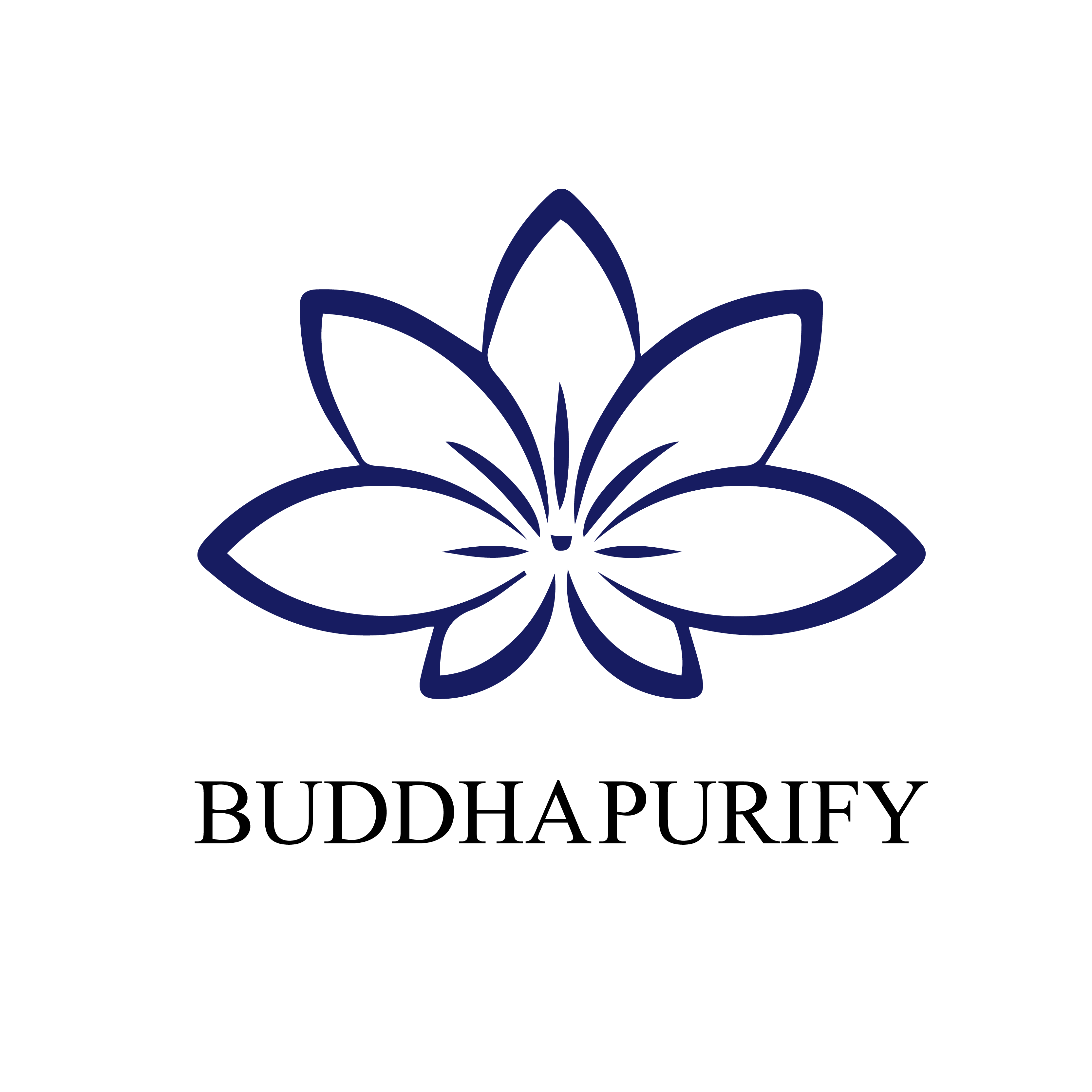The Rich Tapestry of Chinese Mythology: From Creation Myths to Spiritual Symbols
The Rich Tapestry of Chinese Mythology: From Creation Myths to Spiritual Symbols
Chinese mythology is a crucial component of traditional Chinese culture, encompassing a diverse range of deities, mythical creatures, legendary figures, and creation myths. This intricate mythology reflects a blend of spiritual beliefs, philosophical ideas, and cultural values. Here are some of its main aspects:
1. Creation Myths
Chinese creation myths describe various accounts of the universe's origins. The most famous include:
- Pangu Separates Heaven and Earth: Pangu is considered the earliest creator god. Born from chaos, he used an axe to separate heaven and earth. As the sky grew higher and the earth became thicker, Pangu transformed into various parts of the world, forming mountains, rivers, and landscapes.
- Nuwa Creates Humans and Mends the Sky: Nuwa, the goddess of creation, molded humans from yellow earth, becoming the progenitor of mankind. When the sky collapsed and the earth cracked, Nuwa repaired the heavens with five-colored stones, saving humanity.

2. Deity System
The pantheon of Chinese mythology is extensive, featuring deities associated with heaven, earth, nature, and human affairs:
- Yuhuang Dadi (Jade Emperor): The supreme deity in Taoist mythology, ruling over heaven and the divine realm, and overseeing the fate of all living beings.
- Four Sea Dragon Kings: Dragon gods governing the four major seas—East, South, West, and North—controlling weather and water peace.
- Zao Wangye (Kitchen God): The god of the kitchen, ensuring domestic harmony and well-being, considered the guardian deity of every household.
3. Mythical Beasts and Divine Birds
Chinese mythology features numerous mythical beasts and divine birds, each with supernatural powers and symbolic meanings:
- Qinglong (Azure Dragon), Baihu (White Tiger), Zhuque (Vermilion Bird), Xuanwu (Black Tortoise): The Four Symbols, representing the four cardinal directions and the elements—wind, fire, water, and earth.
- Phoenix: A divine bird symbolizing auspiciousness, peace, and prosperity.
- Qilin: A symbol of benevolence and goodness, often appearing during times of peace or the arrival of a sage.
- Nine-Tailed Fox: A mythical creature associated with wisdom, charm, and longevity.

4. Heroic Legends
Chinese mythology includes many heroic figures and legends, often involving extraordinary abilities and significant events:
- Huangdi (Yellow Emperor): An ancestor of the Chinese people, regarded as a ruler who advanced civilization. The legend of his battle with Chiyou is an essential part of mythology.
- Houyi (Archer): A renowned archer who shot down multiple suns to save humanity from extreme heat.
- Kua Fu Chases the Sun: A giant with immense strength who pursued the sun to bring light and warmth, only to perish from exhaustion, transforming into mountains and rivers.
5. Yin-Yang and Five Elements
Chinese mythology is deeply influenced by the philosophies of Yin-Yang and the Five Elements, impacting both mythological content and cultural beliefs:
- Yin-Yang: Represents two fundamental forces in the universe—Yin (dark, cold, feminine) and Yang (light, warm, masculine). This concept permeates Chinese mythology and worldview.
- Five Elements: Wood, Fire, Earth, Metal, and Water represent the natural world's five fundamental elements, influencing the generation and transformation of all things.
6. Taoist Mythology
Taoism is closely intertwined with Chinese mythology, featuring many deities like Taishang Laojun, Guan Yu, and Erlang Shen:
- Eight Immortals (Ba Xian): Taoist immortals representing various human archetypes, each possessing unique powers and appearing frequently in myths.
- Xi Wangmu (Queen Mother of the West): An important female deity in Taoism, overseeing the Peaches of Immortality in her heavenly orchard.

7. Ghosts and Monsters
Chinese mythology also includes tales of ghosts and monsters, ranging from malevolent entities to beings with special powers:
- Legend of the White Snake: The story of Bai Suzhen, a white snake spirit who transforms into a human and falls in love with Xu Xian, blending romance with supernatural themes.
- Ox-Head and Horse-Face: Guardians of the underworld, responsible for guiding souls to the afterlife.
Integration with Spiritual and Cultural Practices
These mythological elements reflect broader spiritual and cultural themes:
- Buddhist Relics: Symbolic artifacts representing spiritual purification and enlightenment, often linked with the mythological narratives.
- Meditation Tools and Mindfulness Products: Associated with achieving balance and spiritual growth, echoing the philosophical underpinnings of mythological stories.
- Spiritual Jewelry and Energy Purification: Items like nine-tailed fox necklaces serve as symbols of wisdom, protection, and good fortune, enhancing personal and spiritual well-being.
In conclusion, the Chinese mythology system, with its rich tapestry of creation myths, deity worship, mythical creatures, heroic legends, and philosophical concepts, forms a complex and vibrant mythological universe. It integrates deeply with spiritual practices, cultural values, and daily life, influencing how people understand and interact with their world.
Brand Introduction: BuddhaPurify
BuddhaPurify is a brand deeply rooted in the rich heritage of Chinese traditional culture and Buddhist practices. Our mission is to offer a unique blend of ancient wisdom and modern elegance through our products, which are designed to enhance spiritual well-being, personal growth, and holistic health.
Foundation and Philosophy
Inspired by the timeless teachings of Buddhism and the profound traditions of Chinese culture, BuddhaPurify is dedicated to providing products that reflect the serene and enlightened aspects of these ancient philosophies. Our brand is built on the principles of mindfulness, purity, and spiritual harmony, aiming to bring balance and tranquility to our customers' lives.
Cultural Enrichment
We believe in the power of cultural enrichment and strive to educate and inspire our customers through the stories and meanings behind our products. Our brand seeks to bridge the gap between traditional spiritual practices and contemporary life, offering products that resonate with both ancient wisdom and modern sensibilities.
Conclusion
BuddhaPurify is more than just a brand; it is a journey into the heart of Chinese traditional culture and Buddhist spirituality. Through our thoughtfully curated products, we aim to support your quest for inner peace, spiritual growth, and a balanced life. Explore our collection and experience the harmonious blend of tradition and tranquility that defines BuddhaPurify.






